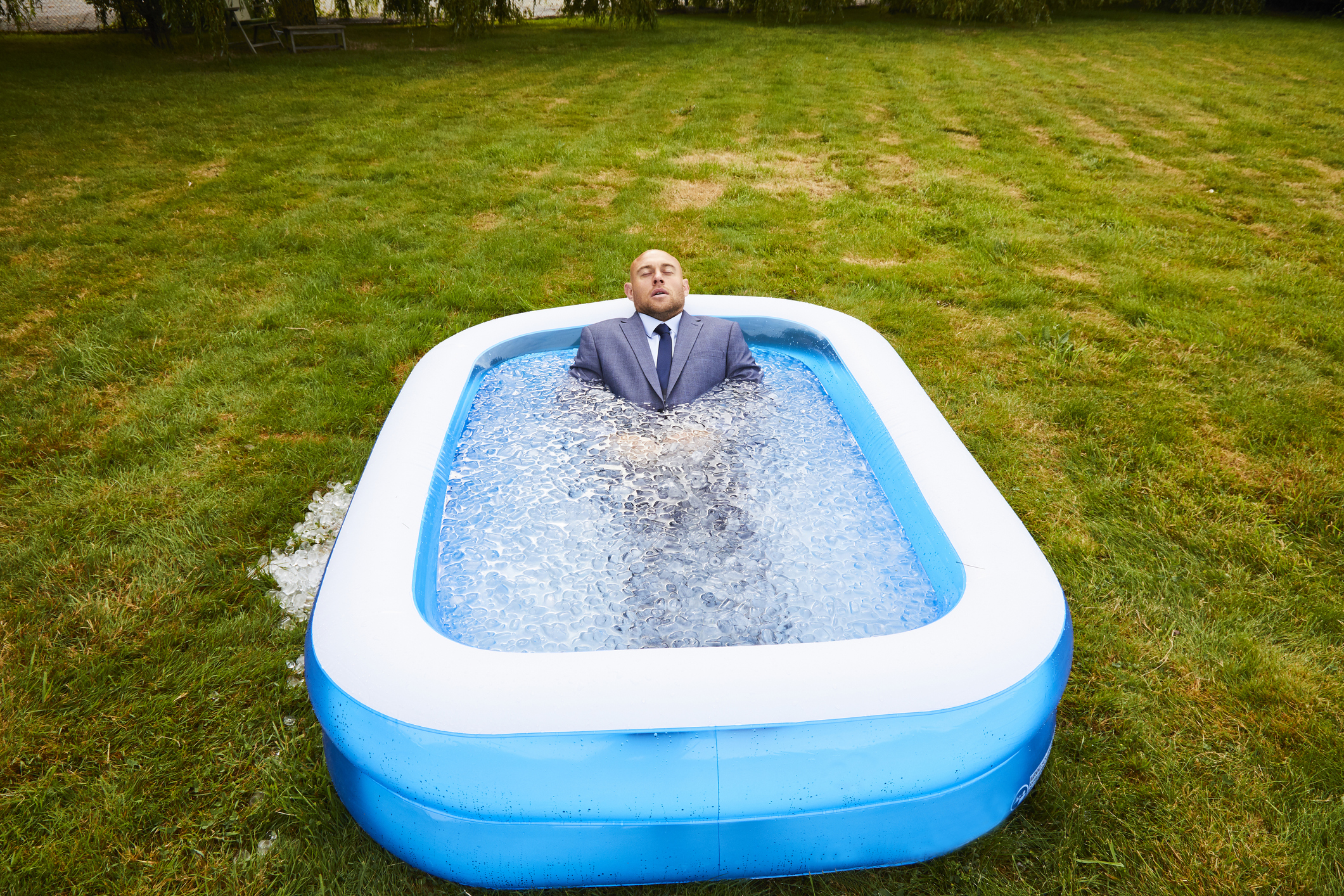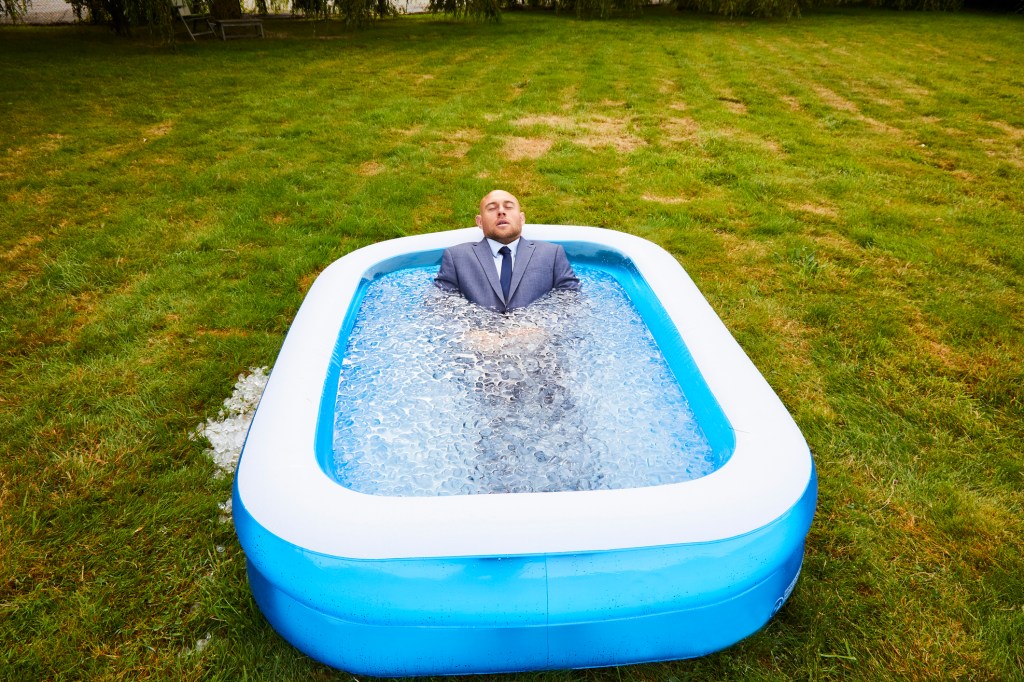For decades, very few people knew about the health benefits of ice baths, but thanks to cryotherapy and the Wim Hof method, cold plunging has become a lot more popular… but does it live up to the hype?
Spoiler alert: Yes!
To find out more about what the benefits are and how to get them, we turned to performance coach Keith Hodges (CPT), founder of Mind In Muscle Coaching in Los Angeles.
theFashionSpot: What is an ice bath?
Keith Hodges: Also known as CWI (cold water immersion), ice baths dates back to 3500 BC when they were first used for therapeutic purposes. Throughout history cold water immersion has been linked to several ancient civilizations. Today, it is well known and utilized primarily by athletes and fitness enthusiasts as a recovery method as it’s thought to help accelerate the body’s repair process. After an intense workout or competition, individuals will dip themselves into water 50-59 degrees Fahrenheit in order to train the vagus nerve, which will help promote relaxation in order for you to better recover.

theFashionSpot: What are the benefits?
Keith Hodges: There are several benefits to ice baths. It’s a recovery method used to help promote recovery after workouts or competition, but they can also help reduce inflammation, increase circulation, energy levels and can boost metabolism. Taking an ice bath at night can cause a melatonin spike, which could lead to a deeper sleep. Ice baths are also used to help combat anxiety and depression. The cold water ignites electrical impulses causing the brain release of dopamine.
theFashionSpot: How often and for how long do you need to do it to see a benefit? Is the longer the better?
Keith Hodges: It is recommended that individuals immerse themselves in cold water for 5-10 minutes. However this depends on each individuals tolerance. You will not get all the potential benefits from just one dip and since each individual is different, the time may vary from person to person to see maximum benefits. The key is being consistent. If you’re a beginner, it’s key that you remember to breath slowly in order to lower your heart rare while immersed. It’s also ok if you stay in the water for shorter periods of time until you can last for the recommended time of 5-10 minutes. Start by trying to stay immersed for 1-2 minutes then adding on more time as this becomes routine. Longer is not always better. Staying immersed for too long can increase your chances of hypothermia.
theFashionSpot: Is there a way to prepare to make it less painful?
Keith Hodges: The best way to prepare the body to make cold water immersion less painful is to start at higher temperatures and gradually decrease the temperature as you build up your tolerance.
theFashionSpot: What are some things people can do to achieve similar results if they don’t have access to an ice bath?
Keith Hodges: If you do not have an ice bath available you can take cold showers. Cold showers are the closest to an ice bath because your body is exposed to cold water. Since you have a shower at home, it is also the most cost effective method between the two.

theFashionSpot: Is there a way to prepare to make it less painful?
Keith Hodges: The best way to prepare the body to make cold water immersion less painful is to start at higher temperatures and gradually decrease the temperature as you build up your tolerance.
theFashionSpot: What are some things people can do to achieve similar results if they don’t have access to an ice bath?
Keith Hodges: If you do not have an ice bath available you can take cold showers or do cryotherapy. Cold showers are the closest to an ice bath because your body is exposed to cold water. Since you have a shower at home, it is also the most cost effective method between the two.




